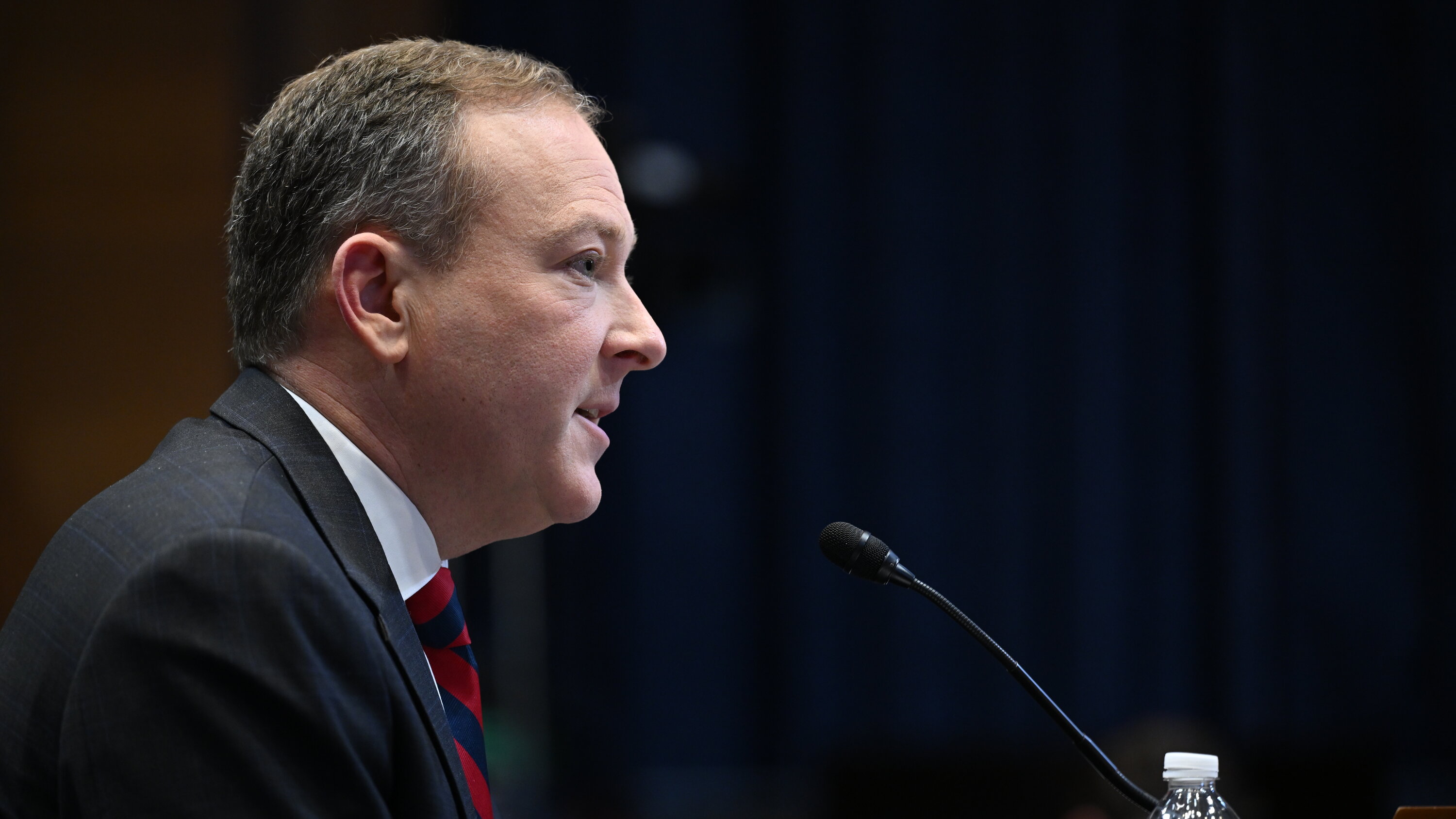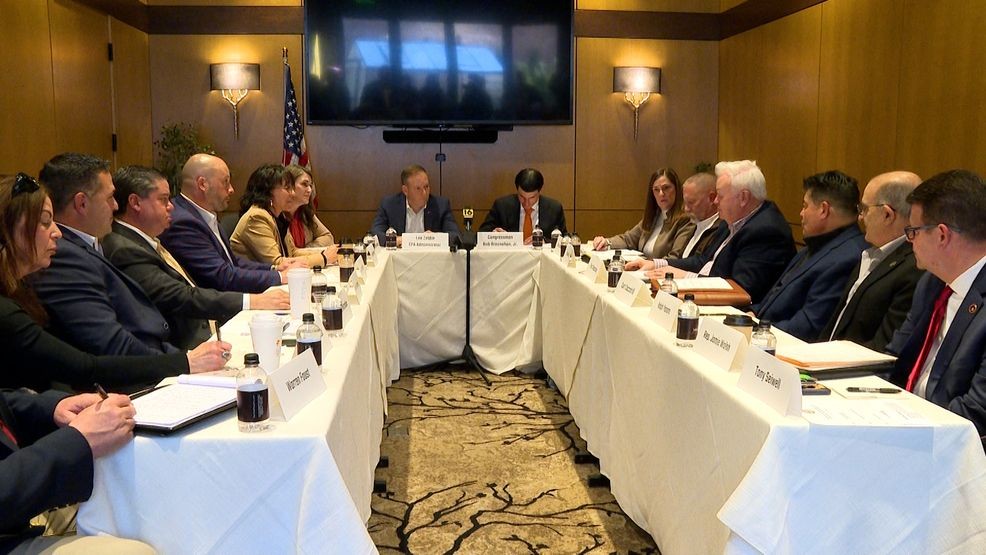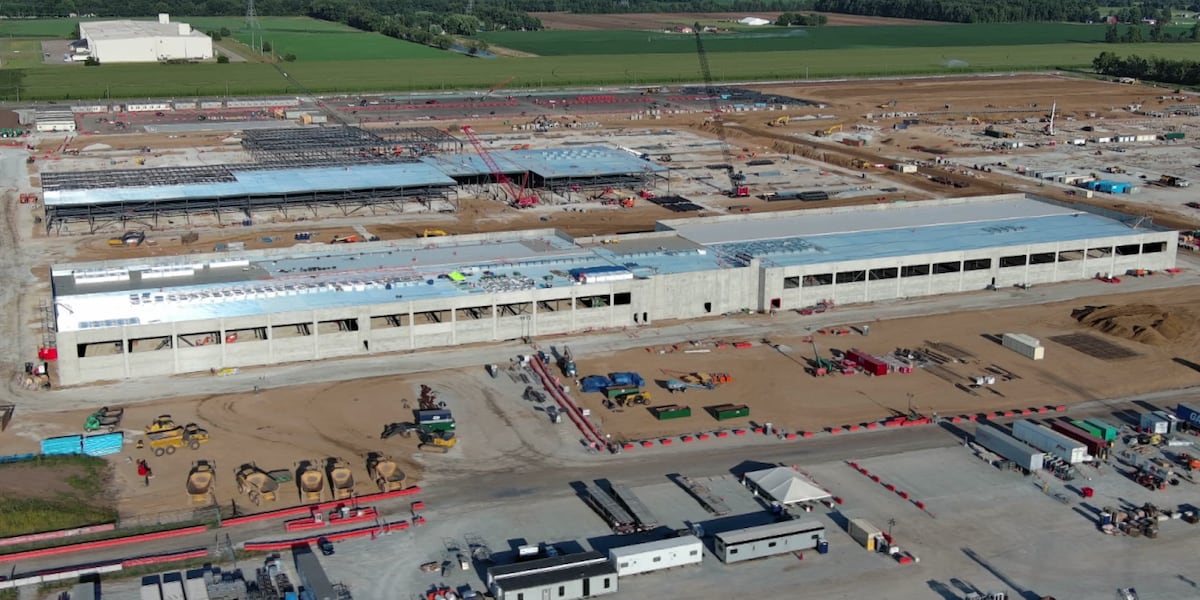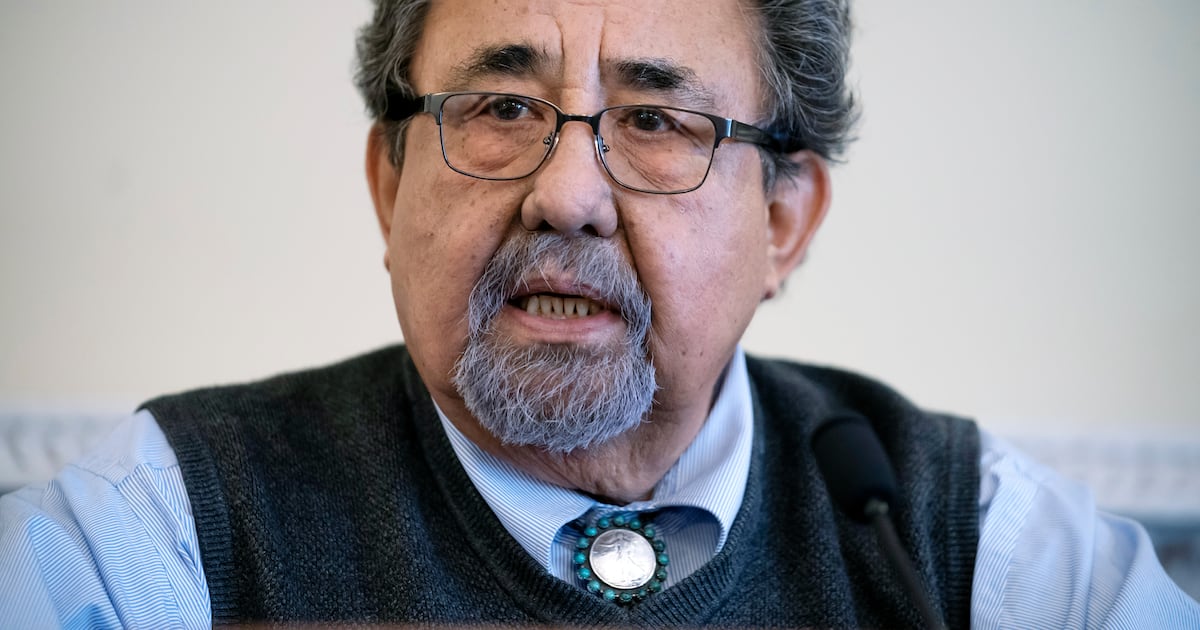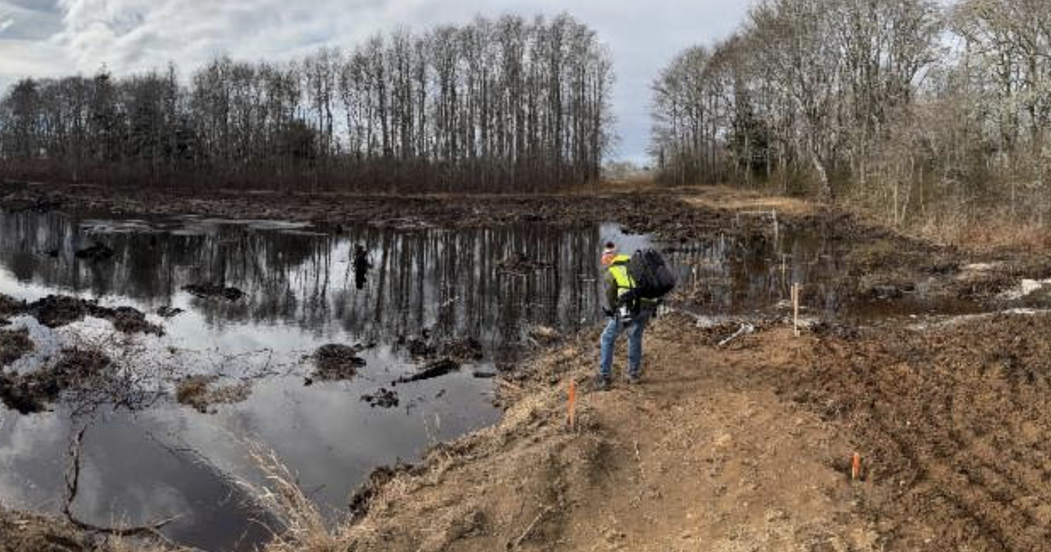Citizen Science Alert: Join NASA's Hurricane Damage Tracking Mission
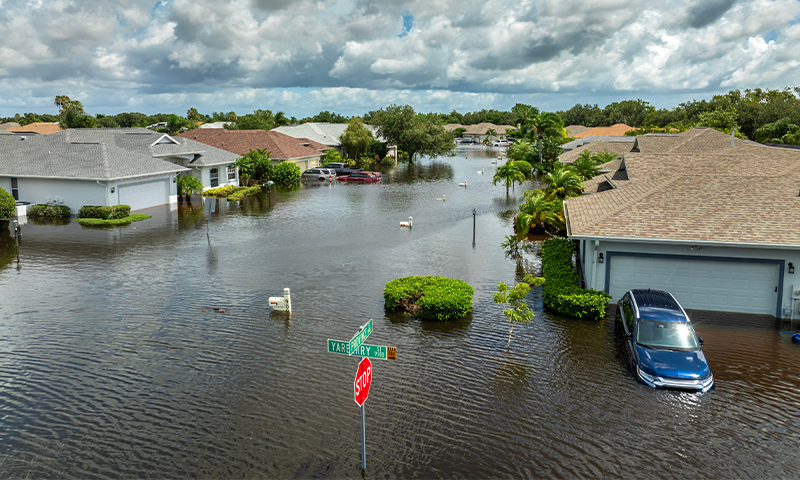
Become a Citizen Scientist: Help NASA Map Hurricane Devastation with Your Smartphone
In the aftermath of a hurricane, every piece of information counts. Now, you can transform your smartphone into a powerful tool for disaster response and scientific research. NASA's innovative crowdsourcing initiative empowers everyday citizens to play a critical role in understanding and assessing hurricane damage.
By simply using your phone's camera and a specialized app, you can capture and submit images that help scientists track the extent of destruction caused by these powerful storms. Your snapshots become valuable data points that assist emergency responders, researchers, and relief organizations in quickly identifying areas most in need of assistance.
The process is straightforward and user-friendly. Download the designated app, take clear photos of damaged infrastructure, flooded areas, or storm-related destruction, and upload them directly to NASA's database. Your contribution can help:
• Provide real-time damage assessment
• Support faster emergency response
• Improve future disaster preparedness
• Enhance scientific understanding of hurricane impacts
No technical expertise is required – just a willingness to help and a smartphone. Every image you share can make a significant difference in hurricane recovery efforts and scientific research.
Join the community of citizen scientists today and turn your smartphone into a powerful tool for disaster response and understanding.

